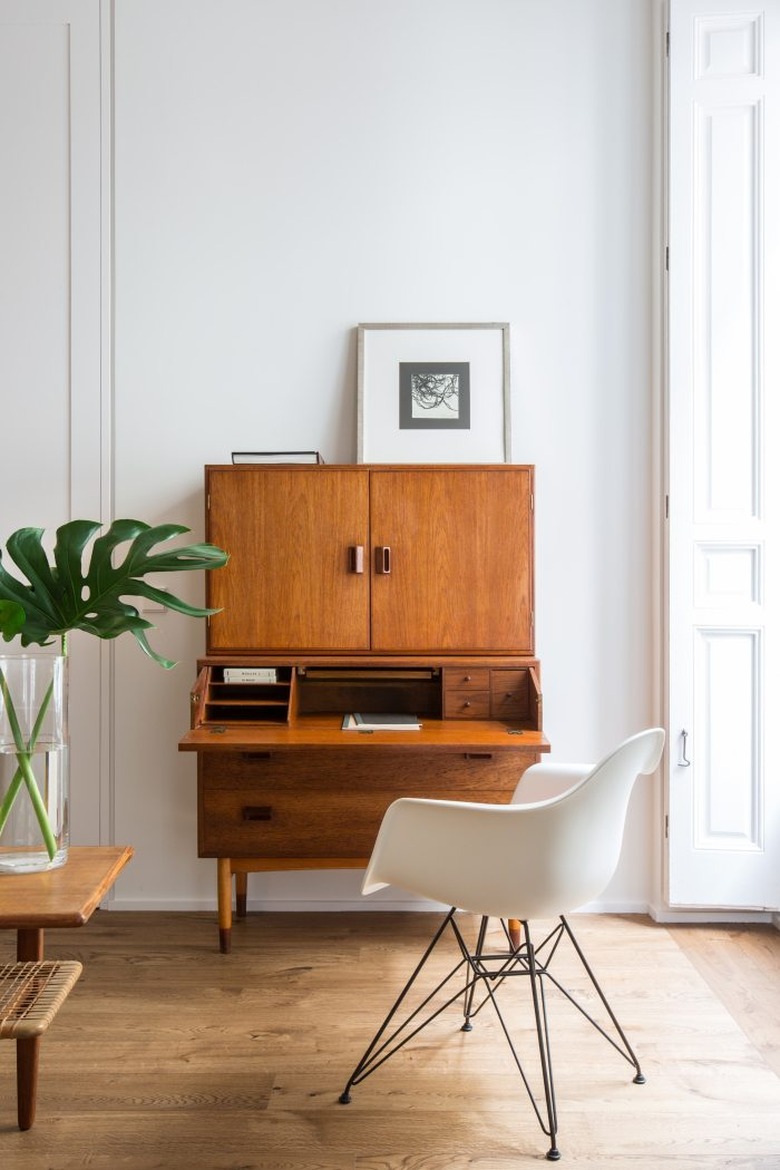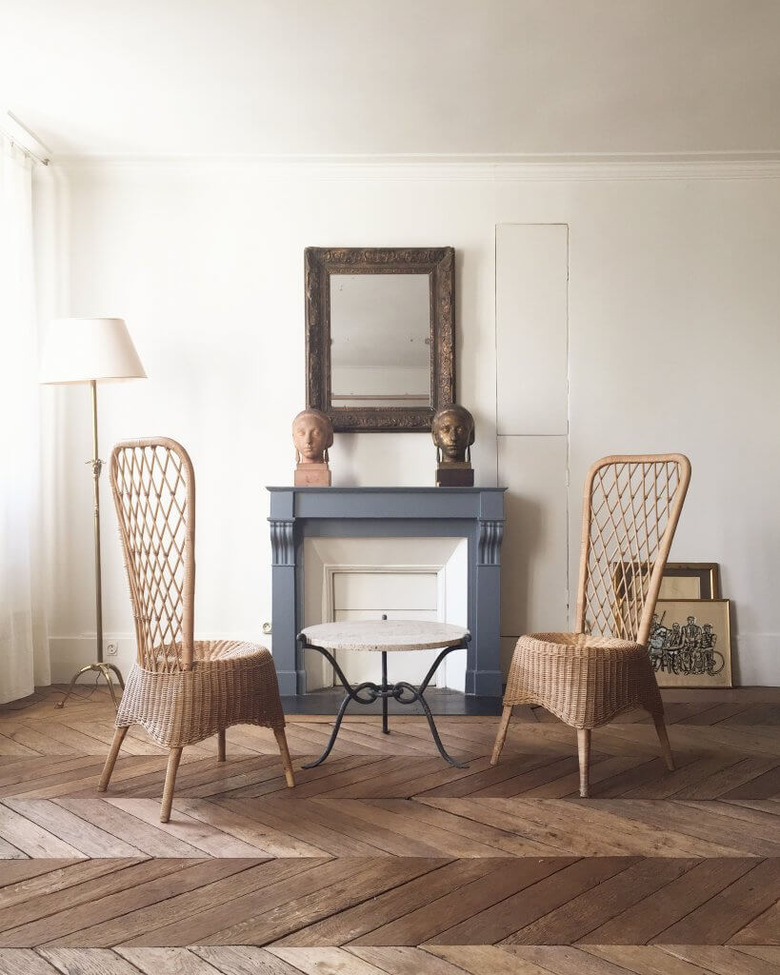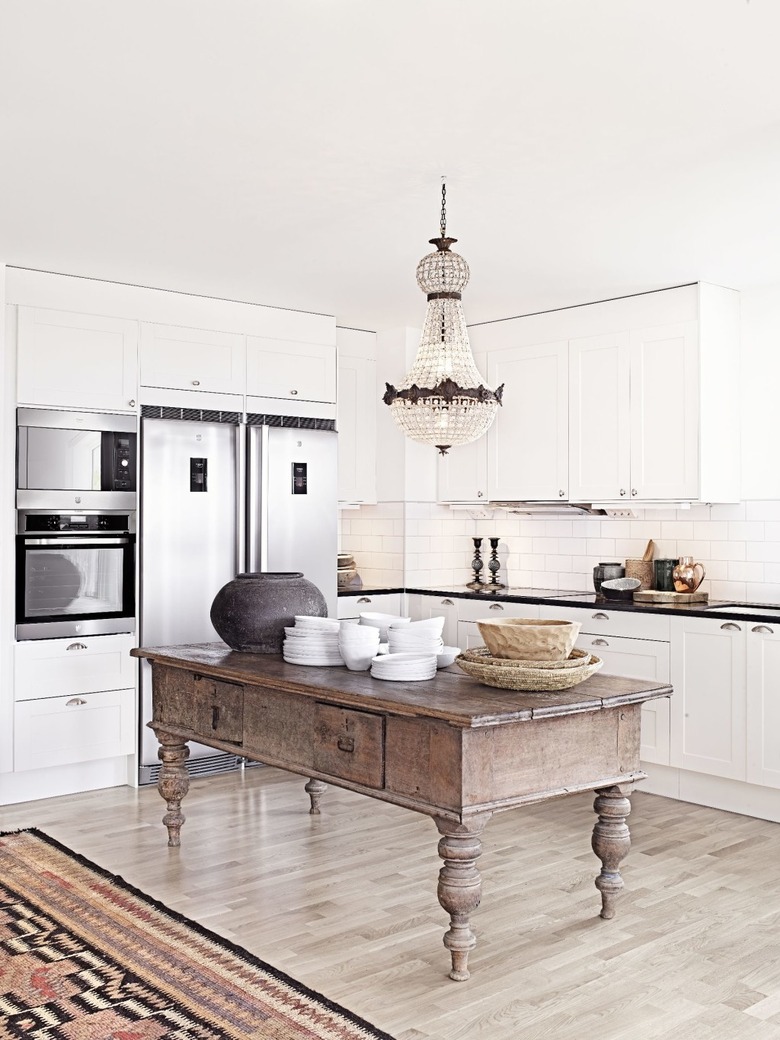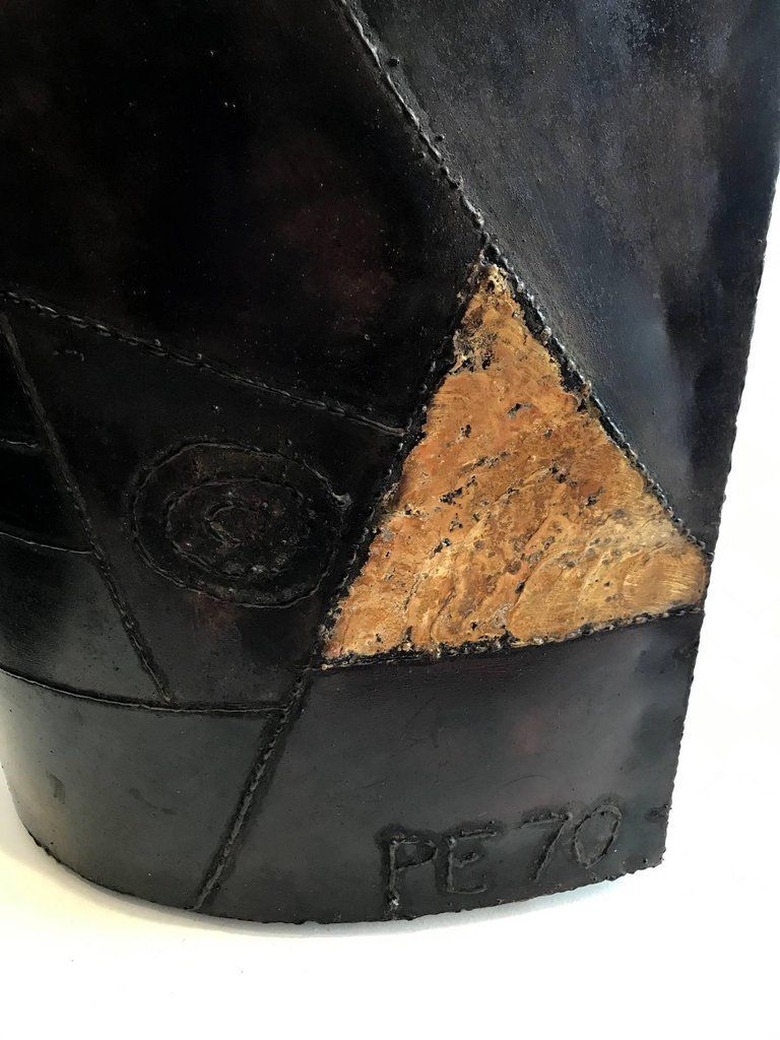6 Ways To Know If A Vintage Piece Is Worth It
Navigating the waters of vintage shopping can be a tricky business. It's not always easy to tell what's actually vintage, and what's not. Technically speaking, 'vintage' items are at least twenty years old by definition. But once you've identified a vintage piece that you can't live without, the question remains: Is it worth the investment? Check out these six helpful tips to help you determine if a vintage piece is really worth it.
1. Determine furniture's true age.
1. Determine furniture's true age.
A touch of old-world grandeur in the form of vintage decor might be the missing piece to your small-space puzzle. Methods for determining the age of a piece of furniture are of course dependent upon the nature of the item in question — for instance, you'll look for different indicators in glassware than in woodwork. The simplest method is to identify period styles — Victorian, Art Deco, midcentury — and then try to gauge its stylistic authenticity. If it's reminiscent of a certain style, but you notice inaccuracies, you might be looking at a reproduction.
2. Look for high-quality craftsmanship.
2. Look for high-quality craftsmanship.
True quality craftsmanship is a bona fide sign that a vintage piece is authentic, and worth the investment. It's easy to say "look for quality craftsmanship," but what does that really mean? Look for items that have visibly withstood the test of time, as a result of being exceptionally well made. Carefully inspect every detail — high quality craftsmanship doesn't cut a single corner. Reproductions will often forgo non-essential features in order to save money, unlike the real deal.
3. Do your homework.
3. Do your homework.
The absolute best way to know if something is really vintage — and worth the hefty price tag — is to do your homework before hitting the stores. Research original photos, style preferences, and trademarks of particular designers. Try to find similar items for sale online or through auction houses to give yourself a rough idea of pricing. Knowing what signs to look for will make your vintage shopping experience much more successful.
4. Look for items made from high-quality materials.
4. Look for items made from high-quality materials.
The only vintage pieces that are worth your money are those built using high-quality materials that have been well-cared for over the years. For wood construction, be on the lookout for splitting and warping. When looking at upholstered pieces, check the seams and seats for rips and tears. If the wear looks minor or easy to repair, go for it. But take a pass on any piece with damage that requires more effort and money to repair than it's worth. When it comes to vintage dishware and glassware, only shell out for pieces that are free of chips and cracks.
5. Don’t shy away from scratches.
5. Don't shy away from scratches.
A few visible cosmetic flaws can drive down the price of some vintage pieces. With glassware being the obvious exception, sometimes a few scratches aren't necessarily a bad thing. Depending on the item's age, size, and the design's notoriety, most thrift shops and antique furniture stores can find a little wiggle room on the price when you point out the scratches. Plus, a bit of wear and tear can be a good indicator of vintage authenticity. Stick to pieces with superficial (surface) scrapes only — deeper scratches are harder to repair.
6. Check for brand-name authenticity.
6. Check for brand-name authenticity.
Many highly coveted vintage pieces can actually be identified by the trademark insignia that they bear. Particularly for those vintage pieces whose styles are so iconic as to inspire a slew of reproductions, the presence of a marking unique to the original brand or designer is significant proof of authenticity. In some cases, reproductions exist that attempt to recreate these telltale signs of credibility; unfortunately, it usually takes a trained eye to spot them. Authentic vintage items with identifiable signatures can fetch quite a nice resale price.



